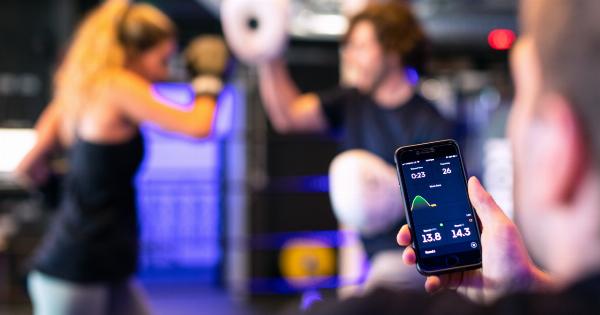When it comes to fitness, many people focus solely on the numbers on a scale or the size of their clothes. However, true fitness encompasses much more than just your weight or appearance.
To get a more accurate picture of your overall fitness level, it’s important to consider various measures beyond just the scale. In this article, we will explore five measures of fitness that can provide a more comprehensive understanding of your health and fitness progress.
1. Body Mass Index (BMI)
BMI is a commonly used measure of body fat based on your height and weight. While it has its limitations, such as not taking into account muscle mass or distribution of body fat, it can still serve as a useful starting point.
To calculate your BMI, divide your weight in kilograms by your height in meters squared. The resulting number is then compared to a range of values to determine whether you fall under the category of underweight, normal weight, overweight, or obese.
2. Waist-to-Hip Ratio (WHR)
WHR is a measure that looks at the ratio between the circumference of your waist and the circumference of your hips.
It is considered an indicator of your fat distribution and can provide insights into the risk of developing certain health conditions such as cardiovascular diseases. To measure your WHR, simply divide your waist circumference by your hip circumference. A higher ratio indicates a higher risk of health issues, particularly for males when the ratio exceeds 0.9, and for females when it exceeds 0.85.
3. Resting Heart Rate (RHR)
Your resting heart rate is the number of times your heart beats per minute when you are at rest. It can be an indicator of your cardiovascular fitness level, with lower resting heart rates generally indicating better cardiovascular health.
To measure your RHR, simply take your pulse for one minute while in a relaxed state. A normal resting heart rate can vary depending on factors such as age and fitness level, but a lower resting heart rate is typically considered more favorable.
4. Flexibility
Flexibility refers to the range of motion around your joints and muscles. It is an important component of fitness that often gets overlooked.
Having good flexibility can improve your posture, reduce the risk of injuries, and enhance your overall physical performance. There are various tests to assess flexibility, such as the sit-and-reach test, shoulder flexibility test, or leg extension test. Regular stretching exercises can help improve and maintain flexibility.
5. Strength and Endurance
Strength and endurance are measures of your muscular fitness. Strength refers to the ability of your muscles to exert force, while endurance is the ability to sustain repetitive muscle contractions over an extended period.
Assessing strength and endurance can involve exercises such as push-ups, squats, planks, or timed runs. Regular strength training and aerobic exercises can help enhance both components of fitness.
While these five measures provide a good starting point to evaluate your fitness level, it’s essential to remember that each person’s fitness journey is unique.
It’s important to focus on progress rather than perfection and to consult with a healthcare professional or fitness expert to get a more comprehensive assessment of your health and fitness.



























